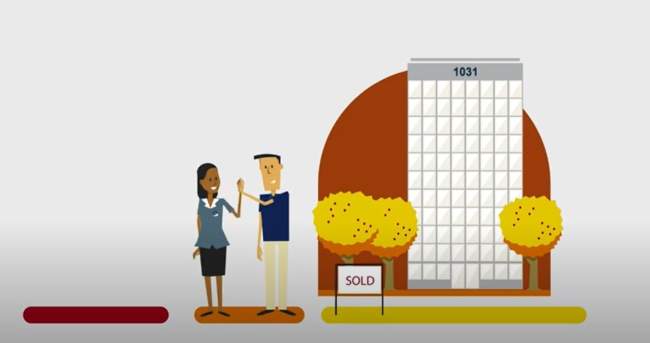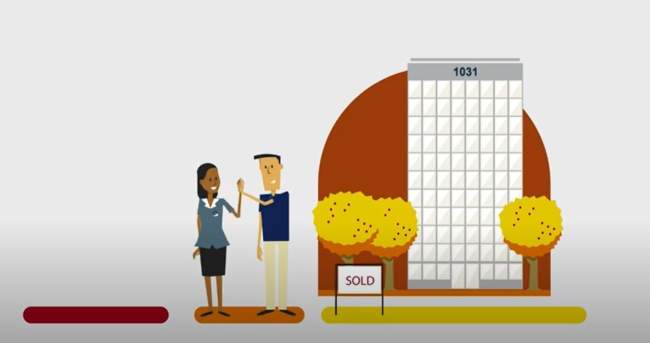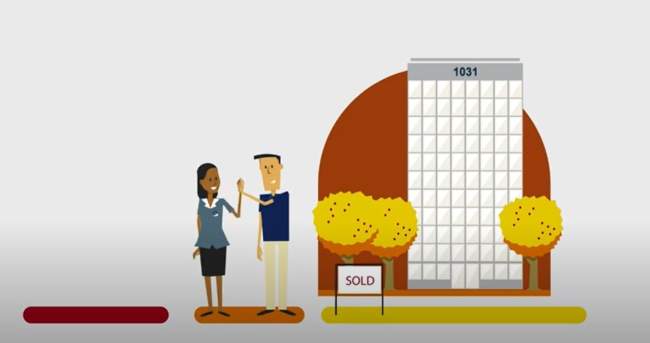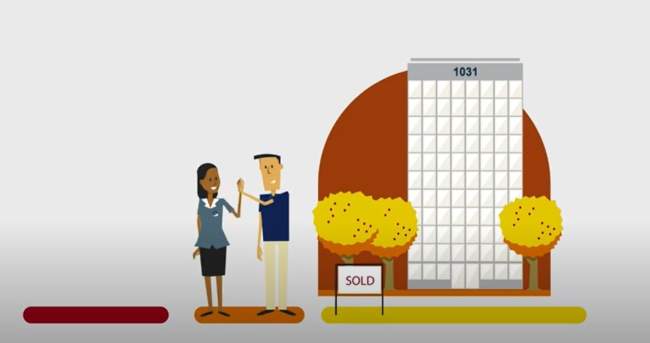Since 1921, the rules for qualifying and completing Accruit can help you put the pieces together for a successful 1031 exchange.
For the taxable gain to be deferred, specific vital requirements must be satisfied:
Properties must be exchanged, rather than sold and then purchased
There must be no constructive or actual receipt of proceeds received by the taxpayer from the transfer of the relinquished property pursuant to the relinquished property contract
Properties must be “Like-Kind”
Properties must be held for business or investment purposes
Exchange must be equal or up in value
The exchange must follow time limit and identification requirements: A taxpayer must acquire or identify the target replacement property within 45 days after the transfer of the relinquished property. Properties received (purchased) within the 45-day designation period are deemed to be identified. The replacement property must be designated in a written document, unambiguously described, signed by the taxpayer, and received by the qualified intermediary on or before the 45th day. If the taxpayer identifies replacement property within the designated period, the exchange period end date may be extended up to 180 days from the transfer of the first relinquished property. This provides the taxpayer with additional time to complete the exchange. However, it might be necessary for the taxpayer to file a tax-filing extension to utilize the full 180 days.
Property Identification
In a typical forward exchange, the taxpayer will hire a









